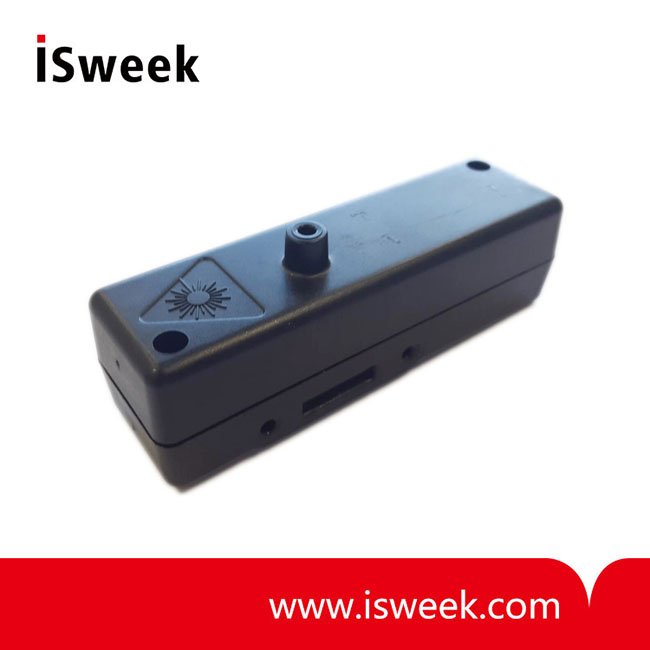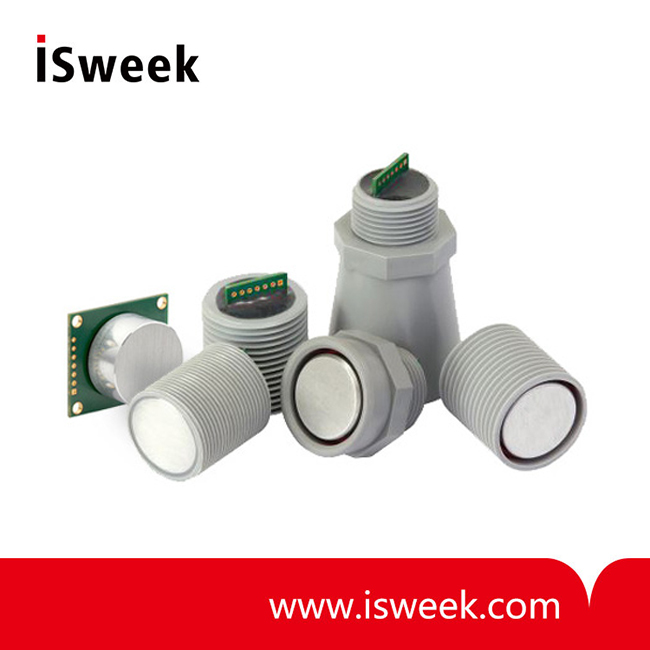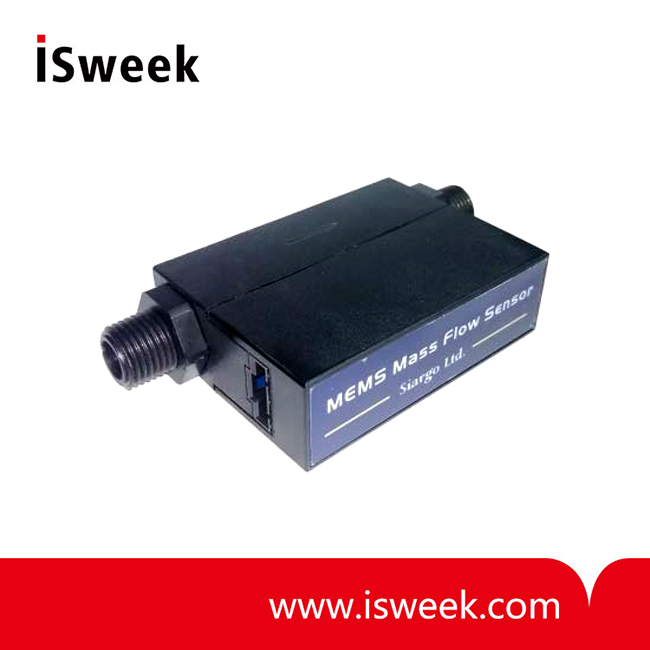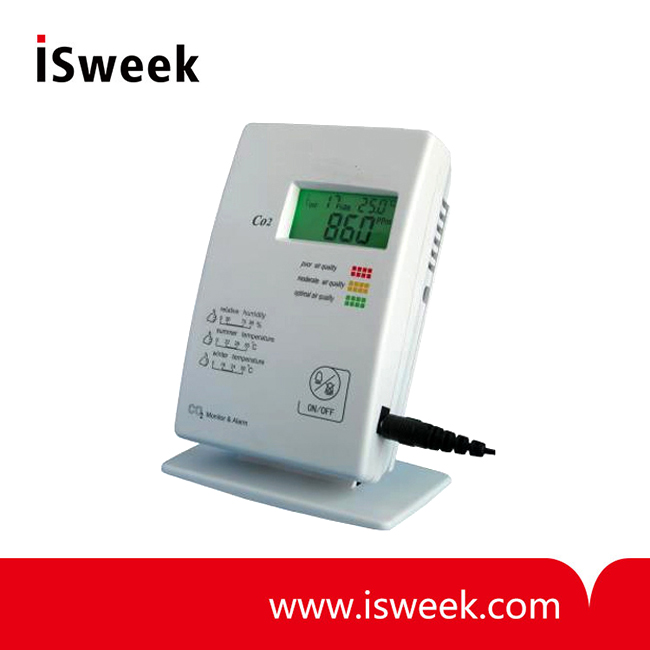Argon arc welding is a welding technology based on general arc welding principle that uses argon to protect metal welding material and melts welding material into liquid on the base material through high current so as to form a weld pool, to let weld metal and welding material achieve metallurgical bonding. In a nutshell, it is a welding technology that uses argon as protective gas. Because of constant argon applying during high temperature melting welding, welding material cannot contact oxygen in the air, preventing the oxidation of welding material. So it can weld stainless steel and ferrous metals. Below Isweek will introduce argon welding in detail from the perspective of argon.
Argon is an ideal protective gas with a density 25% bigger than air density. It protects welding arc during flat welding and reduces the consumption of protective gas. Argon is a chemical inert gas. It will not react with metal even if it’s in the high temperature environment. So it eliminates the oxidation combustion of alloying element and issues caused by it.
Argon does not dissolve in liquid metal, so it will cause no air hole. Argon is a monatomic gas in atomic state and has no molecular dissociation or atomic absorption function in high temperature. Its specific heat capacity and thermal conductivity capacity both are small, which means low absorption amount, small heat diffusion and not easy dissipation for heat in the arc, stable welding arc combustion, concentrated heat, good for welding.
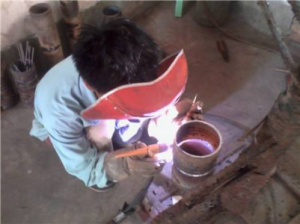
You can tell protection effect of argon by weld joint’s color. The protection effect is the best when weld joint is silver or golden yellow, then is blue, red grey. The protection effect is poor when it’s grey. Black means serious oxidation which is the worst.
The disadvantage of argon is the higher ionization potential. When the arc space is full of argon, arc is much more difficult to light. But once it is lit, arc will be very stable. Due to the big heating area, argon arc welding often have deformation, reduced hardness, sand hole, crack and other issues after repaired, especially during repair process of precision casting parts’ minor defects, which will be more often.
The amount of argon must be precisely controlled during argon welding. The gas should be applied in advance On the back of weld joint and the flow should be properly increased; after the air is excluded, the flow rate starts to decrease. At the same time, the welded pipe must be ensured being full of argon and the gas applying cannot be interrupted during welding process. Argon flow must be controlled in the proper range. If argon flow is too small, it will have a bad protective effect and the back of weld joint will be easily oxidized. If argon flow is too large, the eddy flow will be taken into the air during welding process, the protective effect will reduce and the defects such as root of weld sunk will happen, affecting welding quality. Isweek recommends using thermal conductivity gas sensor MTCS260 to monitor argon concentration and to control argon within a proper range:

France Endetec thermal conductivity gas sensor – MTCS2601
It also combines with low power consumption CMOS standard integrated circuit, very suitable for leak detection of OEC or the products that are based on Palani principle’s vacuum degree detection and need very low power consumption, long lifetime and free maintenance. It suits for primary pressure control in harsh



